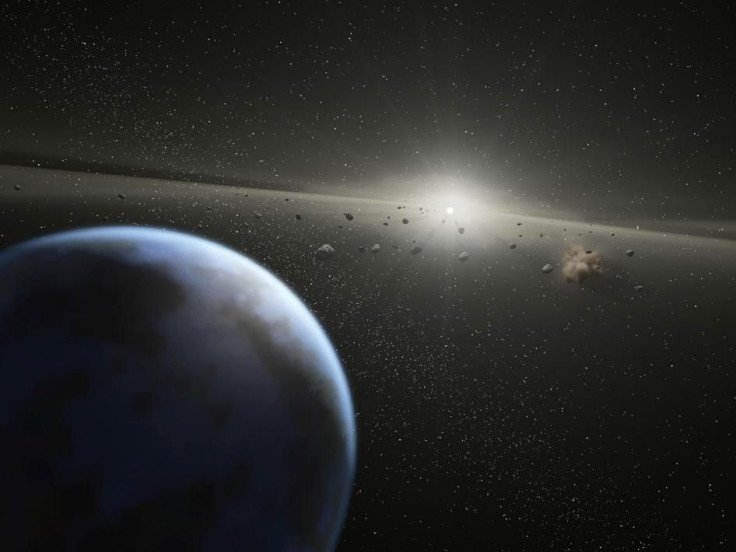NASA: 3 Asteroids Including 755-Foot NEO Currently Approaching Earth

KEY POINTS
- NASA detected three asteroids currently approaching Earth
- The three asteroids will fly past Earth on Friday
NASA’s automated tracking system is currently monitoring three asteroids that are headed toward Earth.
NASA’s Center for Near-Earth Object Studies (CNEOS) noted that all three asteroids will approach Earth on Friday (April 24). The first asteroid that will fly past the planet has been identified as 2020 HQ4. CNEOS estimated that this asteroid measures about 82 feet wide. It is currently moving toward Earth at a speed of over 9,000 miles per hour.
Trailing behind 2020 HQ4 is a massive asteroid known as 2020 HW3. According to CNEOS, this space rock is the biggest asteroid in the group. With an estimated diameter of about 755 feet, this asteroid is taller than the towers of the Golden Gate Bridge.
CNEOS noted that 2020 HW3 is currently traveling across space toward Earth at a speed of over 62,000 miles per hour. Due to its massive size and current speed, the asteroid is capable of causing a major impact event if it ends up on a direct collision course with Earth.
The energy that would be released by the asteroid upon impact would be powerful enough to level an entire city. Thankfully, it will not be colliding with the planet.
Lastly, the third asteroid that will approach Earth on Friday is known as 2020 HX3. Compared to the other two asteroids, 2020 HX3 is much smaller. As indicated in CNEOS’ database, this asteroid has an estimated diameter of about 79 feet.
It is currently cruising across the Solar System at an average velocity of almost 34,000 miles per hour.
All three asteroids are expected to safely fly past Earth on Friday. According to CNEOS, 2020 HQ4 will approach the planet at 12:40 a.m. EDT from a distance of about 0.01736 astronomical units or roughly 1.6 million miles away.
2020 HW3, on the other hand, will zip past Earth at 1:29 p.m. EDT. During its approach, it will be about 0.03569 astronomical units or 3.3 million miles from the planet’s center.
As for 2020 HX3, this asteroid is expected to approach Earth from a much closer distance during its visit. According to CNEOS, this asteroid will fly past Earth at 2:38 p.m. EDT from about 0.00169 astronomical units or around 157,000 miles away.
© Copyright IBTimes 2025. All rights reserved.





















